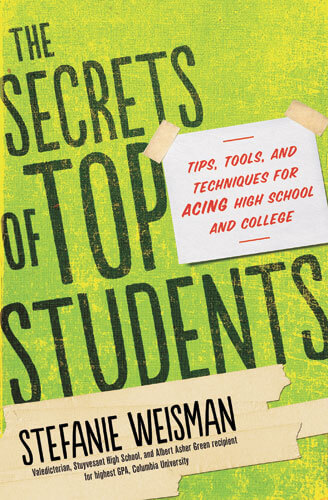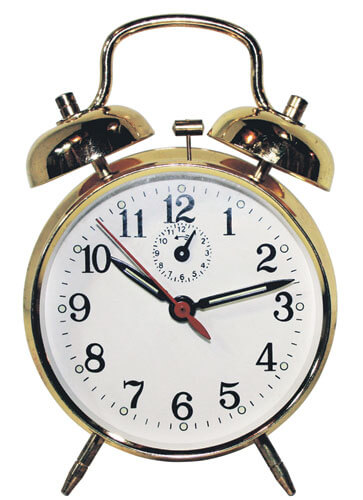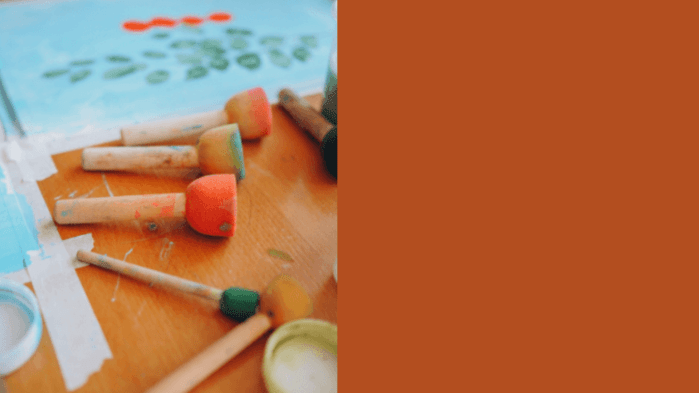
Advanced Planning: What You Should Be Doing Now to Prepare for High School Admissions
New York City is a unique place to grow up. High school students have access to some of the best-rated schools in the US, in addition to world-class museums, research libraries, and volunteer and internship opportunities.
So why have so many of our friends left New York for the suburbs with the hopes of a better education for their kids, sometimes even enduring long and unpleasant commutes back to the city for work?
Despite the wealth of educational opportunities, NYC has to offer, it’s not as easy as simply registering your child for the local town school.
That being said, I’m here to tell you that if you are well informed and have a plan of action, your child can have one of the best high school experiences imaginable.
You just can’t wait until 8th grade to start thinking about high school – forewarned is forearmed. So grab your to-do list, and let’s get started now!
Get to Know the Landscape
Would you believe me if I said that there were 4 different application processes for public schools? Incredibly, there are! This means that in the spring of 8th grade when admissions offers are received, your child could have four or more options for high school.
So why close any doors? We recommend taking part in every one of these application processes if possible.
These are the 4 public school application processes:
- General Education Schools – you make a list of 12 schools, ranked in true priority order.
- The Specialized High Schools – the SHSAT, a test is given in the fall of 8th grade, is the sole criterion for admission.
- Fiorello H. LaGuardia High School and the other 24 audition-based high schools – your child can audition for as many of the arts majors as they like.
- Charter Schools – you enter a lottery for every individual school that interests you.
As far as a private school is concerned, each school has its own application, though Ravenna is used by many NYC schools so that you don’t have to fill out the same information multiple times.
Independent schools often require the SSAT or ISEE test to be taken in the fall of 8th grade. Religious schools sometimes also accept the SSAT and ISEE, but catholic schools prefer the TACHS test.
You can also look beyond the bounds of New York City by applying to boarding schools, which also usually require the SSAT. Some competitive schools have their own exam requirements, and most applications require essays and an interview.
It’s important to explore all of the options, especially in the early stages. The wider you cast your net, the more likely you are to find the school where your child will be happy.
Even if you think private school is out of reach for your family, do not leave it off your list completely. Very high SSAT or ISEE scores, great grades, and a strong overall application may earn your child a scholarship!
Psst… Check out Why Working at Camp is the Best First Job
Start Before You’re Ready
Whatever path you choose, I am sure you’re thinking that this sounds like a hell of a lot of work. It is!
But understanding that most of this work is coming in 7th and 8th grades allows you to plan accordingly and get some things out of the way early. Here are some things to start doing now to take the stress out of the application process later:
- Start exploring schools. A good place to start is InsideSchools and Parents League online. Get your child involved and excited about the process. Attend any tours or information sessions that are available to you, either in-person or online.
- Sign up for high school admissions webinars and attend all available school fairs.
- Make an informed middle school choice. Middle school is where your child will get the vital skills needed to be a confident high school applicant. Make sure to apply to schools that are challenging yet supportive.
- Middle school grades and test scores matter. If there’s any time to get super involved in your child’s education, it’s now. Pay extra attention during parent-teacher conferences and read your child’s report cards carefully. Flag potential issues and come up with a plan to address them, with special emphasis on math and ELA enrichment.
- Get extra support. Leading into 7th and 8th grade, be sure to get to the bottom of any academic issues or blockages your child may be encountering. Do you suspect any executive functioning or organization issues, or any trouble with focus or attention? Do what you need to do to get your child ready and up to speed so they can perform at their best when it counts, whether this means hiring a math tutor or consulting with a learning differences specialist. Having a 504 or IEP in place before applying to high schools can be a huge advantage to students who need extra support.
- Good attendance is another important admissions criterion for many schools. Do not let your child be late and, if they need to miss school, make sure those absences are excused.
Depending on your child’s emotional maturity, it may help to apprise them of the stakes and what the potential payoff is for working hard in 6th and 7th grades. If they have a particular dream high school, this can provide motivation and a goal to work towards.
But there’s a fine line between motivation and pressure. Getting into a high school that’s a great match for your child should be exciting, not stressful.
Encourage Reading
All the high school entrance exams have a reading and grammar section. You can avoid hours of painful test prep by engaging in a regular reading regimen.
Students who read regularly have an easier time retaining information, acquire a more robust vocabulary, and often develop the ability to read passages more quickly. These are all big advantages when it comes to standardized testing.
Reading is also the most painless way to learn vocabulary. Literacy expert Timothy Shanahan insists that students should read at least an hour a day to acquire knowledge and build vocabulary.
Find a topic that excites your child and search out articles on that topic. Love science fiction? How about the technology section of the NY Times? Reading about video games and social media also counts! If it’s words on a page, it’s all fair game.
We also love the DK series for young readers. Increasing the number of words your child understands and employs will not only help them achieve a higher baseline SHSAT, SSAT, ISEE, or TACHS score, but it will make them a better and faster reader. These are vital skills for high school and beyond.
Start Test Prep Early
The good news is that a lot of the things mentioned in the first half of this article count as starting test prep early.
Encouraging a daily reading practice, focusing on math and ELA enrichment, and making sure your child has the extra support they need will all lead to a higher baseline score, and therefore a shorter and less stressful test prep experience.
Our aim is for you to have to do as little test prep as possible. Since test prep consists of 3 things – content, strategy, and practice – you can get ahead of the game by simply making sure your child has a strong content foundation.
The next step is to have your child take a diagnostic exam, then determine a plan of action based on those results. 7th graders should take a diagnostic SHSAT, SSAT, ISEE, or TACHS exam in early Spring, though some students may start even sooner than that.
It’s important to know what is on each test and have your child commit to a consistent study plan (approximately 30 minutes of study per day). Your child should learn the essential content and test-taking strategies at a leisurely pace, and then take regular practice tests leading up to the test date.
Gather Materials
While any individual school may have its own requirements, many private schools require a graded writing sample, including teacher’s comments, and some of the most competitive public schools also require an essay.
Most private and boarding schools also request 2 letters of recommendation written by teachers, one in math or science and the other in humanities.
Instead of scrambling for that writing sample last minute or asking teachers to write recommendations at the same time everyone else does, keep these needs in mind way in advance.
Which teachers have been most influential in your child’s life? Which will have the best things to say about your child? Start conversations with those teachers now.
Keep essays and creative writing that received especially good teacher comments in a separate folder or, better yet, scan them and keep them on your desktop!
If your child doesn’t get great comments on their writing assignments in 6th or 7th grade, ask teachers for extra help and additional tools to help them work towards becoming a better writer.
It’s important to make sure your child’s writing is improving, especially between the 5th and 7th grades. By the end of 7th grade, students should know how to outline and write a critical essay with a thesis statement and evidence. How well is your child progressing towards that goal?
Discover Talent
Since there are many options for art schools in New York City that require an audition or portfolio for entry – including the specialized public school you probably know, LaGuardia – why not help your child discover any hidden (or not hidden) talents?
The audition high schools are not conservatories, so there’s no need to worry that art will prevent students from pursuing academic interests or getting into a good college.
On the contrary, students who make time for art, music, drama, or even technical theater are well-rounded and happier pursuing their creative interests.
Audition high schools do not require students to have played piano since 3 years old or to have studied figure drawing; they want to see a demonstrable interest and passion for the arts, as well as a well-prepared audition or portfolio.
Applying to these schools allows you to cast a wider net, giving your child even more options for a fantastic high school experience. There’s no downside to applying, except the time it takes to prepare the audition or portfolio.
Knowledge is power. There’s a lot to know and learn about the high school admissions process, so we encourage you to continue doing your research and seek out experts who can answer your questions and assuage your concerns.
We hope this article has given you a lot to think about, as well as some concrete action items to get started on now. Remember, no other city in the world has the same wealth of educational opportunities on offer as New York City.
So instead of getting anxious, get excited! With the right preparation and planning, your child is bound to have an incredible high school experience.























